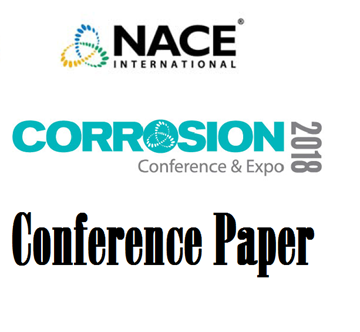Search
Products tagged with 'critical micelle concentration'
View as
Sort by
Display
per page
51312-01289-Flow Loop Trial of Corrosion Inhibitor Dose Optimisation by Micelle Detection
Product Number:
51312-01289-SG
ISBN:
01289 2012 CP
Publication Date:
2012
$20.00
51317--9721-Use of Micelle Detection for Corrosion Inhibitor Screening
Product Number:
51317--9721-SG
ISBN:
9721 2017 CP
Publication Date:
2017
$20.00
51318-11184-Advances in on-site corrosion inhibitor management
Product Number:
51318-11184-SG
Publication Date:
2018
$20.00
51318-11476-Critical Micelle Concentration and CO2 Corrosion Inhibition Efficiency of Quaternary Amines
Product Number:
51318-11476-SG
Publication Date:
2018
$20.00
Corrosion Inhibitor Surfactant Optimization: Part 1 - Inhibitor Efficiency Approach
Product Number:
51322-18043-SG
Publication Date:
2022
$20.00
Corrosion Inhibitor Surfactant Optimization: Part 2 – Adsorption Kinetics Approach
Product Number:
51322-18045-SG
Publication Date:
2022
$20.00
Surfactant Corrosion Inhibitor Adsorption and Desorption Kinetics in Aqueous CO2-Containing Environments
Product Number:
51324-20915-SG
Publication Date:
2024
$40.00







